There are some things you simply don’t skimp on, but other luxuries just aren’t worth the extra money. From stemware to TVs, there are some luxury goods that don’t live up to the hype or the higher price tag. Let’s run down a few of them.
Title photo by Silberkorn (Shutterstock) and Vlok (Shutterstock). Additional photos by Richard Semik (Shutterstock), Andy Beatty, Justin Grimes, Jeff Wilcox, and Kārlis Dambrāns.
Some things can be worth their cost if you find them truly useful. Even so, others are hard sells at any price point. Here are some examples.
Expensive Wine Glasses
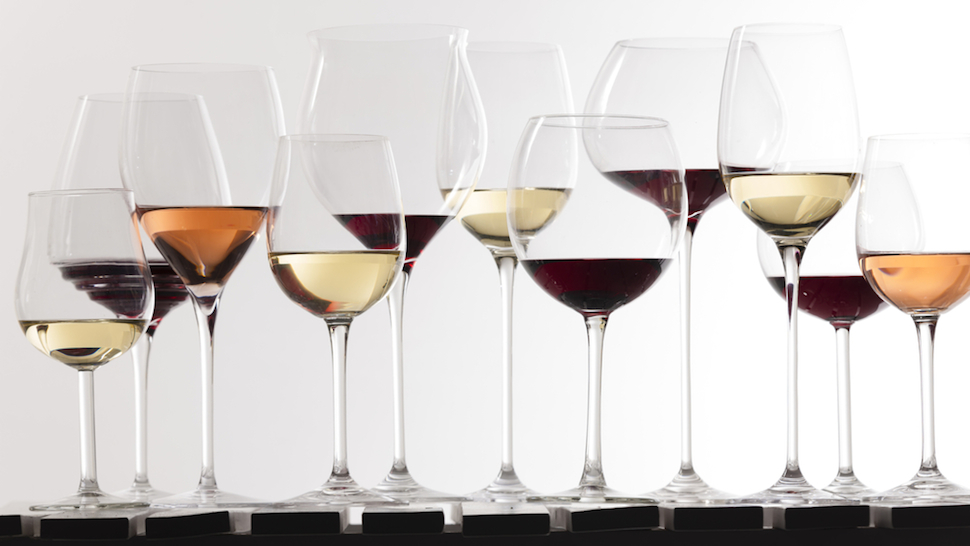
If you believe some wine fans, you need a different type of wine glass for every varietal of wine you plan to drink, whether it’s merlot, chardonnay or pinot grigio. Make no mistake, there are differences between some types of glasses, and those difference play a role in how easy it is to smell or drink the wine in question, but the idea that you need different glasses — even among specific red or white varietals of wine — is largely a placebo effect, backed up by marketing, not science. In fact, a study published in the Journal of Sensory Studies in 2002 showed definitively that the type of glass used to sniff or drink the wine had no measurable effect on enjoyment or even sensory experience when it came to wine. VinePair breaks it down:
Jeannine Delwiche and Marcia Pelchat of the Monell Chemical Senses Center gave subjects four glasses to smell and drink from with the same wine in them: a square-shaped crystal water goblet, a standard, cheap restaurant wine glass, a Riedel Chardonnay glass, and a Riedel Bordeaux glass. They created a nifty blindfold out of goggles, to prevent the aesthetics of each glass from interfering in the way the subjects judged the smell and taste of the wine, and they also created a chin-rest, to control for distance from the glass.
Their conclusion was not good news for Riedel. “For the intensity ratings of most attributes, no significant difference was found between the glasses,” they write. (There was, bizarrely, a difference between the way men and women rated the “mustiness” of the wines; women rated it higher than the men.) Otherwise, “The only significant finding was that likers of red wine gave higher liking ratings than did dislikers of red wine, which is as one would expect.” There was a small difference in intensity that the subjects registered — the aroma of the wine from the Bordeaux glass registered as “less intense,” probably because it is taller, and the wine further from the nose. But overall, they concluded, “None of the correlations are significant.”
If you’re wondering who paid for the study, the answer is simple: the researchers themselves. No corporate backing. Despite this, glassware companies and wine snobs continue to claim that you need multiple types of glasses for different varietals of wine. As well as the placebo effect, expectations play a huge role here. When you drink wine out of a fancy glass, you expect it to be fancy, so your brain tricks itself into thinking the wine is good. If you drink wine out of a solo cup, you expect it to be not so good, so your brain works to meet those expectations. Time and time again studies have shown that if you put a fancy, well-liked wine in a solo cup and a cheap, one-note wine in a crystal glass, even experts are often fooled.
So what does this mean for wine glasses? Simple: Pick up a pair of all-purpose glasses — or if you’re fancy, a pair of red glasses and a pair of white glasses. Then get some flutes for sparkling wines (because those flutes actually do serve a purpose — they keep your sparkling wines from going flat by reducing surface area exposed to air, and channel the smell right up to your nose when you drink!) and call it a day.
Whisky Stones

Whisky stones, or simple soapstone cubes designed to be kept in the freezer and used to chill your spirits without diluting them, are affordable, great gifts, and products I’ve even mentioned here before. Do they keep your drink chilled? Sure, a little bit, but do they really do anything? Will they bring the temperature of your whiskey down at all? Well…not so much. When the folks at Cool Material put them to the test to determine the best, they found that the common ones — simple soapstone cubes — don’t really do offer much beyond a small dip for about the first 10-15 minutes.
Sadly, the results held firm not just for those super-cheap soapstone cubes that are so popular, but also for higher-end, “artisan” whiskey stones, like the granite alternatives and even stainless steel cubes designed to do the same thing. Will they all chill your drink? Sure — for a very short period of time. Some more than others — but none so much, for long enough, that they’re worth running out and spending good money on. You’re better off gently chilling your rocks glass if you want a light chill to your whiskey without adding ice to the glass.
High-End Slow Cookers
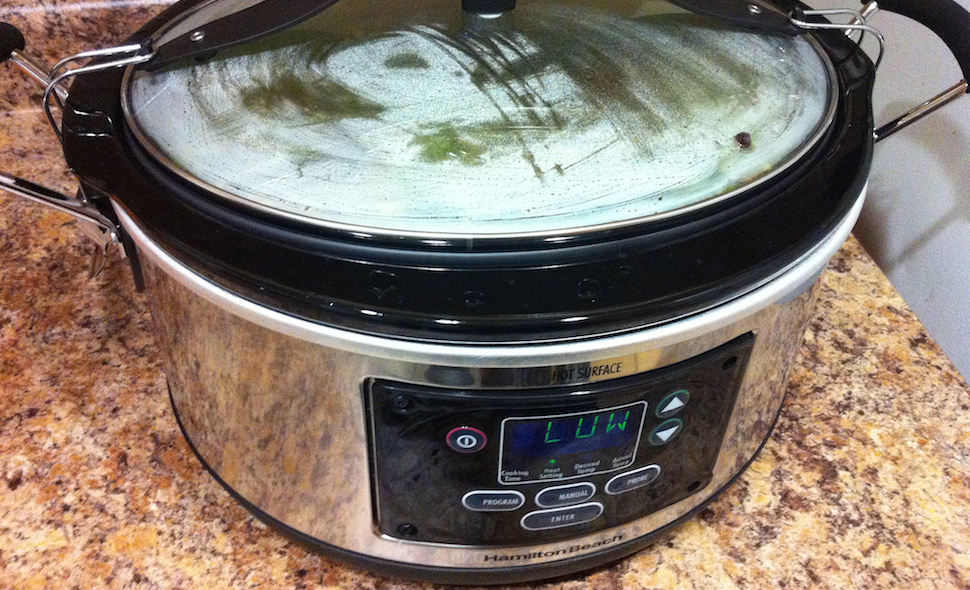
When it comes to a slow cooker, there are some modern features worth paying for, but it’s important to remember that the fundamentals that make a slow cooker a slow cooker haven’t really changed in well over 40+ years. You want an electric heater that a thick ceramic or stoneware pot rests in, with a few heat settings — usually low, high (which you shouldn’t really use anyway), and warm. That’s about it. Before the modern age of programmable slow cookers with touchscreen displays and locking lids and gaskets, that’s all our parents and their parents had to operate with — and they worked well.
When The Sweethome went looking for the best slow cooker, they learned one thing — after a certain price point, slow cookers just stop justifying their high end prices. They note:
Indeed, in our own research, we found that programmable models in the $50 to $80 range fared just as well, if not better, than pricier machines made by All-Clad, KitchenAid, and Cuisinart. The more expensive models tended to have a sleeker design, but not much beyond that.
They pointed out that corroborating research from America’s Test Kitchen and Consumer Reports yielded similar results. Higher end models generally offer features like super-high heat for searing and browning (things you can do better in a cast-iron pan and then transfer to a slow cooker anyway), higher walls or bigger pots, more fine temperature controls, and so on — even so, and even as attractive as those may be, they’re just not worth it on the whole.
In-Dash Navigation And Entertainment Systems
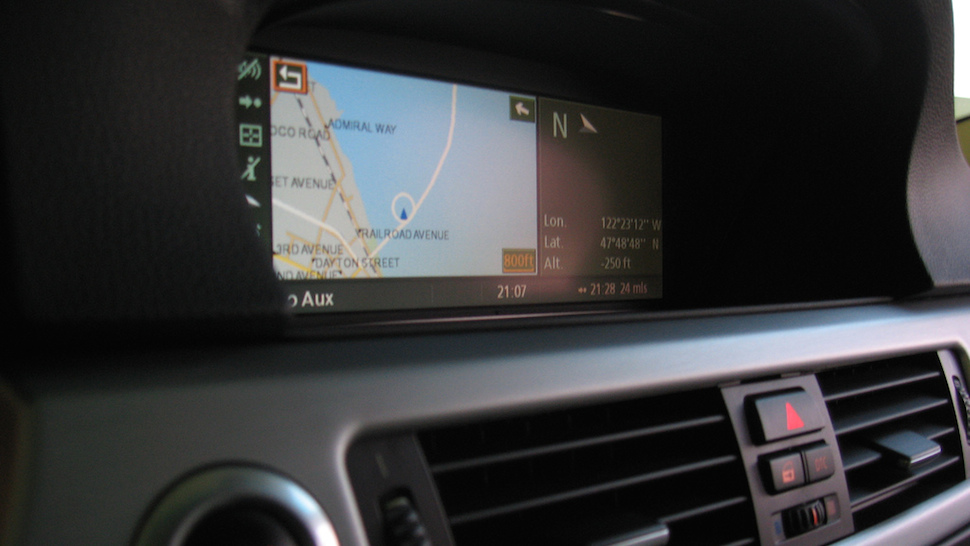
Buying a car is complicated enough without worrying about whether you should get the “tech package” with the shiny in-dash entertainment system offering a GPS unit and other assorted goodies. Some of those add-ons may be useful for you, and if they’re standard on the vehicle you’re planning to buy, they’re impossible to avoid. However, if you’re thinking about upgrading your current in-dash unit with an aftermarket model, or you’re considering a pricey upgrade to a vehicle you’re test driving just to get the one with nav and other fancy assorted features, hold off.
When we asked you what you thought the best car GPS unit was, you overwhelmingly said you preferred Google, Apple and other smartphone GPS apps over in-dash units. Part of it is that we all have smartphones that do the job already. They stream music to us, and give us solid, always-updated turn-by-turn directions. It’s also easier to update and download maps for offline use than it is to update the maps in your in-dash GPS unit, or update a stand-alone GPS. Plus, mobile GPS apps are generally easy to use. They even accept voice commands. In-car units have notoriously bad interfaces and can be a pain to use.
When it comes to entertainment, the picture changes a bit. If you have children, it may make sense to get an entertainment system so they can watch movies, play video games, or just keep themselves busy on the ride. For those of us in the driver’s or passenger’s seat, assuming you have the mobile data and the signal for it, there’s little your in-dash can do that your smartphone can’t — and you can probably connect your phone to the unit you have. Save yourself the money and get the features you need without the added bloat you don’t.
High-End “Smart” TVs
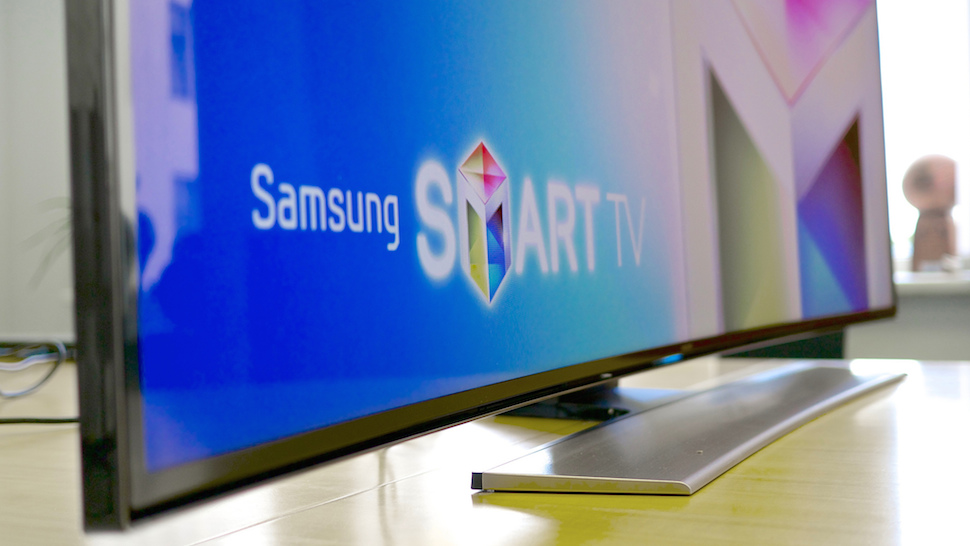
It’s difficult to find a “dumb” TV these days, and we wouldn’t really recommend you try. Some of those “smart” features, like the ability to stream YouTube, iView and other internet-connected services right to your TV, are really useful. However, the problem is that in many cases, those features just don’t work very well, if you use them at all. Similarly, the higher end those smart TVs get, the more expensive they are for fewer and fewer actually useful features and streaming “channels” — some of which you may not want, or want to pay for.
There’s also a privacy aspect to the Smart TV debate. Some smart TVs come with terms-of-use agreements that insist the TV manufacturer be able to collect data on everything you watch, and all the data on every device you connect to the TV. We’re not exaggerating here — we even mean filenames on USB drives you may connect to the TV’s ports. Oh, and if you don’t accept those terms? They turn your expensive smart TV into a dumb TV, strip it of its features, keep the data they have collected, and then just claim they’re not collecting any more.
Is all of this worth the price premium if you’re shopping new? Likely not. Our advice is to save your money and buy the important features instead — step back when you start seeing the feature list creep into territory you don’t need.
The lesson across these products is simple — just because something packs in extra features doesn’t make all of those features good, and just because something is a popular luxury doesn’t make it a worthwhile buy. Make sure that you’re spending your money on things that actually matter to you before you open your wallet.
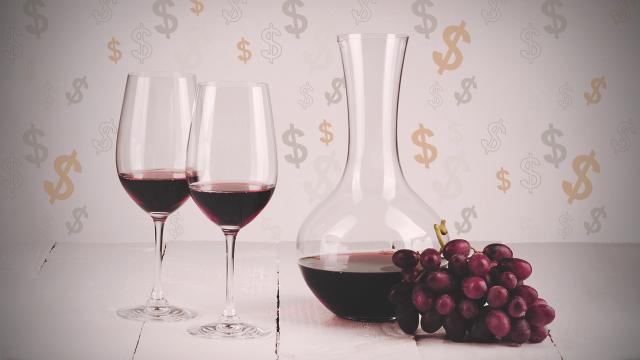
Comments
2 responses to “The Luxury Accessories You’re Probably Paying Too Much For”
Just on “In-Dash Navigation And Entertainment Systems“, I’m so pissed off I did buy a car with one (Honda CR-V), because no-one (not the sales person, or any literature/brochure from the manufacturer) warned me that to keep the GPS data on the device up to date, I would have to take it back to the dealer and spend a couple of hundred dollars every couple of years …
Had I known, I would have reconsidered the extra cost, and invested in an alternative. As it is, the Google & iOS maps apps shite all over the built in device …
Whiskey stones: if you’re taking longer than 15 minutes to finish a glass of whiskey, then you aren’t drinking enough! :+)
the problem with “high end” smart tvs, is they dont sell high end dumb tvs.
If you want the better screen, sound, interfaces, etc its all on the smart ones.
I find that wine tastes just as good in tumblers. I’ve avoided pointless stem ware for decades.